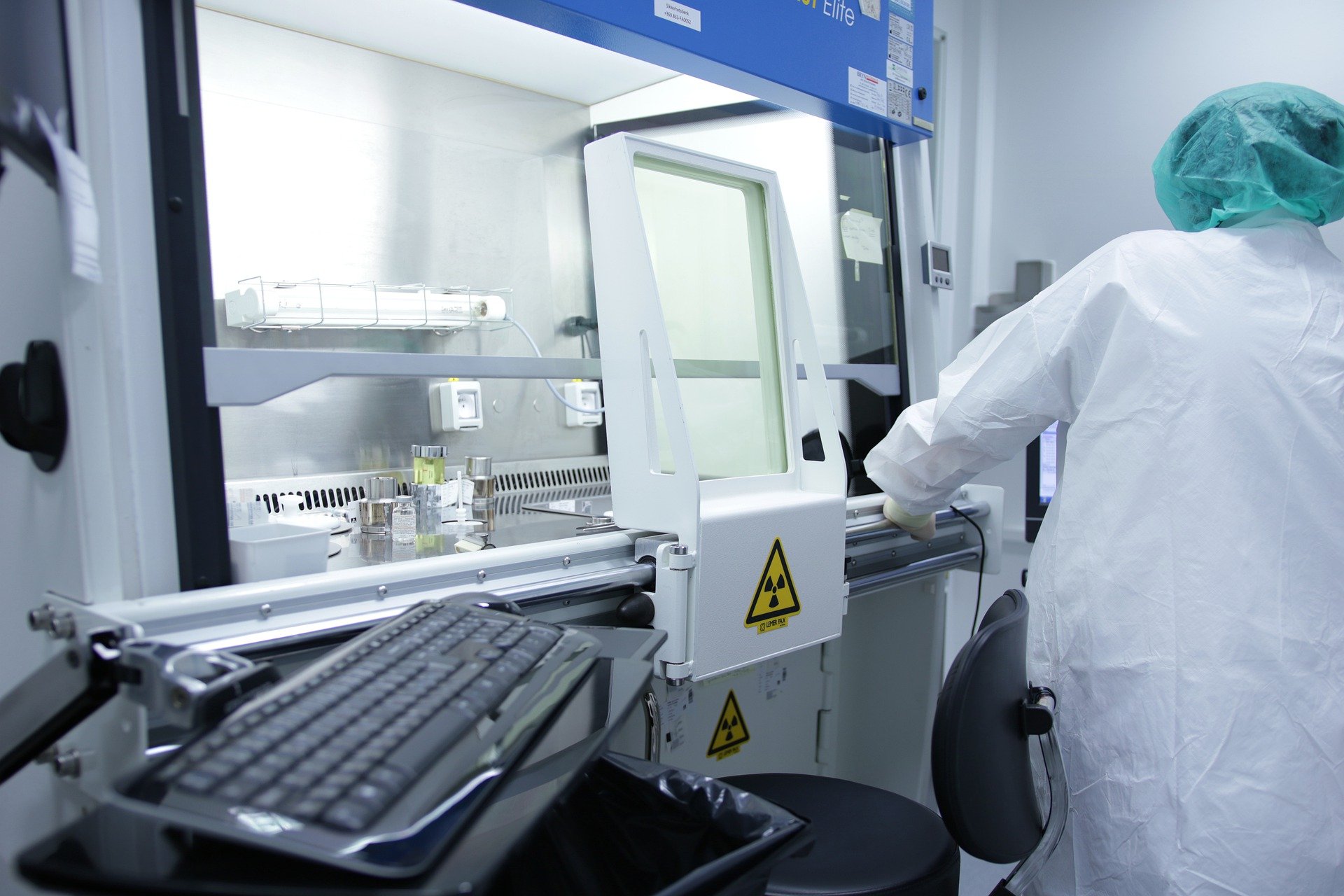
It used to be that contamination-free air was a “must” mainly in places such as operating rooms or in manufacturing processes in the pharmaceutical industry, but since the start of the corona pandemic, clean air has also become an increasingly important issue for places such as classrooms or restaurants. A wide variety of systems are attempting to achieve this goal. However, traditional cleanroom systems have one major drawback: they continuously condition the air, whether it is needed at the moment or not. This in turn results in high energy consumption and therefore high costs.
To change this in the future, researchers from the Institute of General Mechanical Engineering at the Cologne University of Applied Sciences (TH Köln) and WHO Reinraumtechnik in Germany are now developing a monitoring system for intelligent air quality control. “Air purity in closed rooms is essential not only for clinical areas and certain manufacturing processes, but also against the backdrop of the corona pandemic to minimize infection risks,” says Prof. Denis Anders from the Institute of General Mechanical Engineering at TH Köln. “But since conventional systems have tended to work inefficiently up to now, they were too expensive, especially for small and medium-sized companies and smaller medical facilities.”
Independent detection of thresholds
That’s why the control and regulation concept developed in this research project is designed to be both more energy-efficient and cost-effective by treating the air only when required. “Conventional systems work without monitoring and simply exchange the air – even if this is not absolutely necessary. So we want to develop an automated system that can use sensors to monitor various parameters such as temperature, humidity or aerosol and CO2 concentrations,” Anders explains. “Based on predefined thresholds, it will detect when these are exceeded and initiate control measures independently – for example, by pumping dry air into the room via so-called filter-fan units if the humidity is too high.”
Among other things, more cost-effective and optimized condensation core counters and monitors to detect particles in the air will be used to do this. The necessary modifications to the hardware will be carried out by WHO Reinraumtechnik for this purpose, while the Institute of General Mechanical Engineering will handle the modeling, simulation and software development. To develop the control technology that can evaluate the data automatically while still being more energy-efficient than conventional systems, the scientists are using prediction models from statistical data analysis and artificial intelligence methods.
The first thing they want to do is figure out what the requirements are for the sensor technology. “To do this, we will first create a spatial characteristic,” Anders said. “We’ll determine how air currents behave in the enclosed space. Based on this analysis, we can then optimally place the sensors used to detect the various parameters in the room.”
The German Federal Ministry for Economic Affairs and Energy is funding the research project called “Development of an innovative purity monitoring system for active, intelligent air quality control and energy saving” for two years as part of the Central Innovation Program for SMEs (ZIM).
Also interesting:
Air filter system ‘from the DIY store’ makes classrooms largely free of aerosols
[Update] This is how the SARS-CoV-2 virus spreads through indoor air

